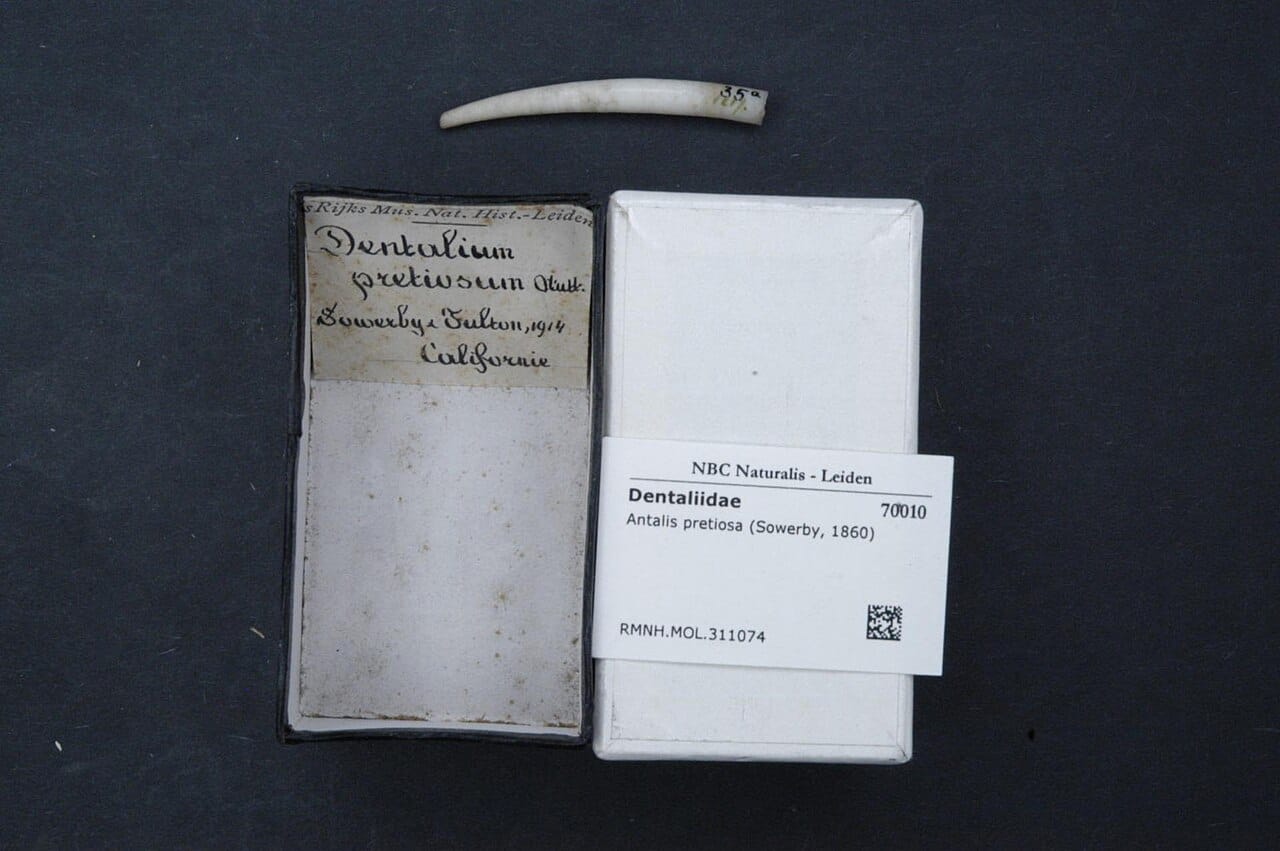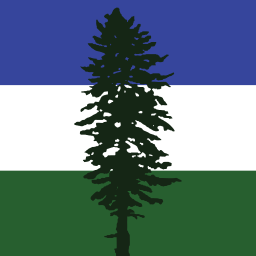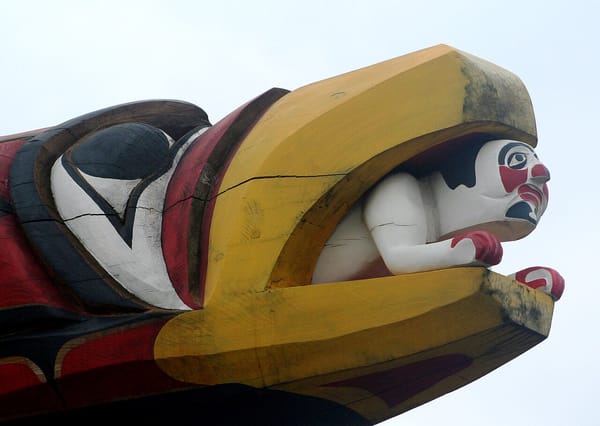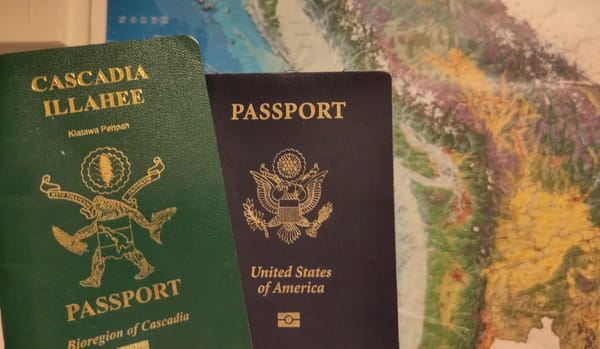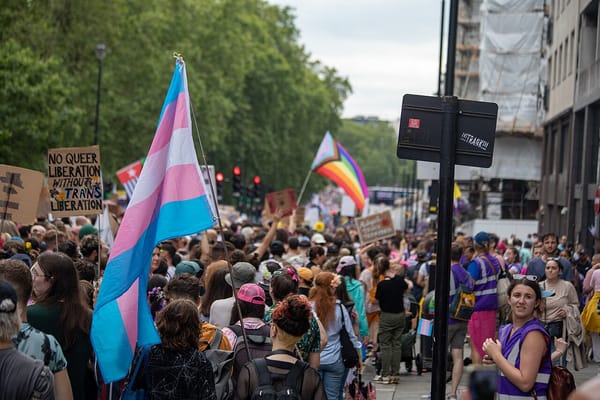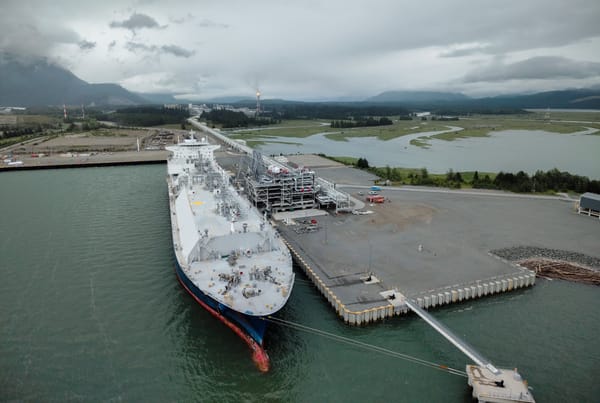Cascadia's economy would be in the global top twenty
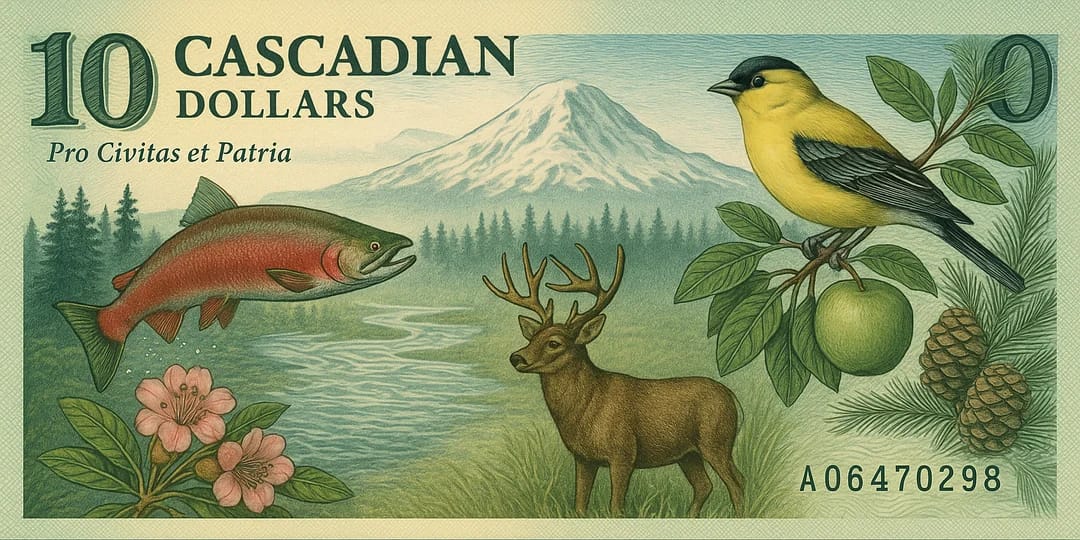
As the Trump administration ponders launching what will no doubt be an expensive war with Iran – as well are proposing a record $1 trillion defense budget, it make me wonder what an independent Cascadia could do with all those wasted resources.
Washington and Oregon together pay $37 billion more in federal taxes than they receive back in services each year. Meanwhile, the Trump administration threatens to cut federal funding critical to those of us who live Cascadia, including eliminating FEMA emergency funds, threatening to block transportation funds to states with protests against his administration, and slashing funding for medical research (which alone could cost Washington state $1 billion).
Chaotic trade policies threaten what is a $58 billion export economy in Washington and $34 billion trade industry in Oregon. Cherry orchardists in central Washington may have to let fruit rot on the vine because of Trump's crackdown on undocumented immigrants.
Add to all that a plan to sell off millions of acres of public lands in Oregon, Washington, and Idaho and you've got a perfect storm that begs the question: what could Washington and Oregon do differently as an independent Cascadia?
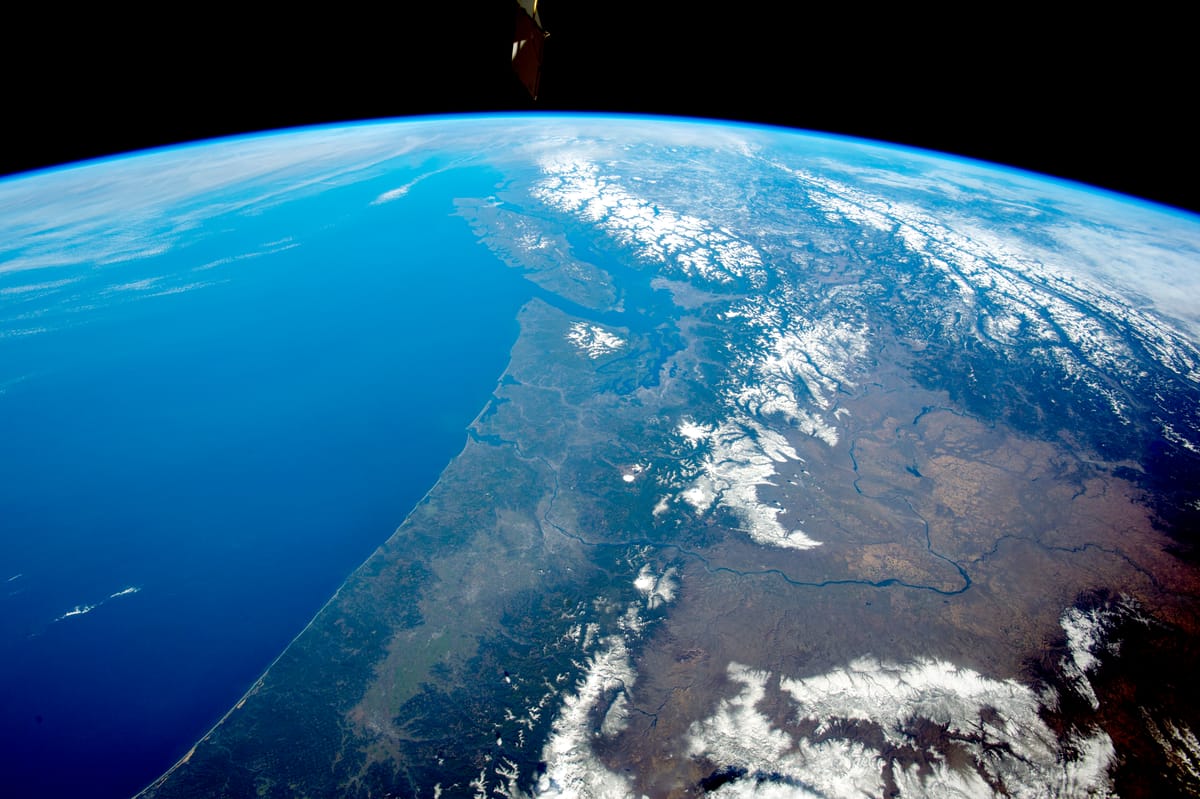
We'd have of the strongest economies in the world.
Washington in 2024 had a gross domestic product (GDP) of $854 billion, and Oregon $331 billion. Together, that's nearly $1.2 trillion, putting us at 19th in world, between the Netherlands and Saudi Arabia.
If you add in British Columbia, we'd rank 16th. Jon Talton, a business columnist for the Seattle Times (not exactly a hotbed of separatist sentiment) recently observed that Cascadia would be an economic powerhouse.
Freed from our need to pay between 3 and 4 percent of that figure to a wasteful US military budget (a much more reasonable figure might be the 2 percent for self-defense that NATO nations aim for as a target) we could do so much more to fund health care, education, and the social safety net.
Independence would also give us an opportunity achieve equitable tax reform – to lower regressive sales taxes and ask wealthy people and corporations to pay their fair share and as a result guarantee paid health care, childcare, K-12 and college education, and housing. We might even test a universal basic income. Or build a high speed rail line between Eugene and Vancouver, BC. Or perhaps create a true carbon tax to fund our conversion to sustainable energy sources.
Cascadia could do all this and more on its own.
The Cascadia Innovation Corridor has already started conversations between governments, businesses, and academic institutions to lay the groundwork for a unified bioregion. And there's a growing movement to set up public banks in Washington and Oregon that would better serve working residents. Regenerate Cascadia is helping to build a bioregional finance system that would fund local, environmentally sustainable and socially conscious projects.
What currency would Cascadia adopt? That's a complicated question and I'm not going to get into the crypto-currency debate (though certainly moving away from the dollar would certainly be helpful). If Cascadia needs a name for its local currency, I'd suggest hy'kwa, the Chinook jargon word for Antalis pretiosa, the dentalium shells that were used by Indigenous people up and down the west coast of North America for jewelry and as a form of trade money for centuries. (Archeological evidence of the traded shells has been found as far east as the Great Lakes).
